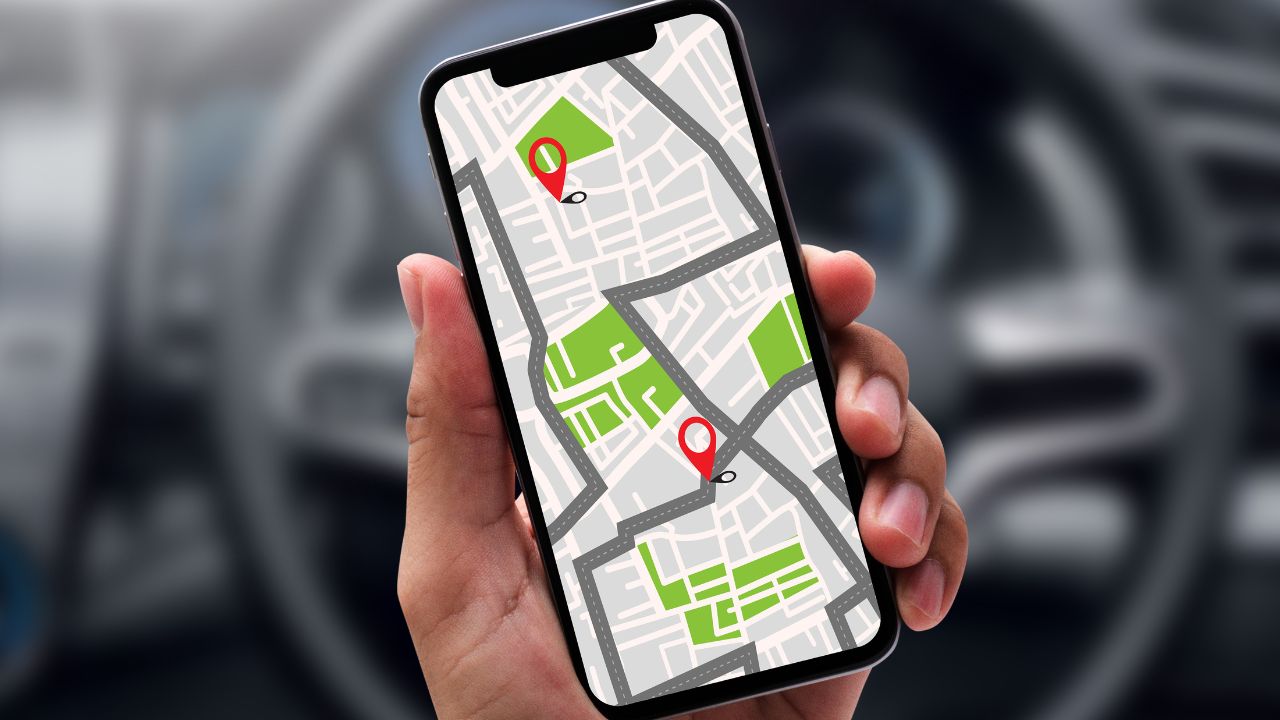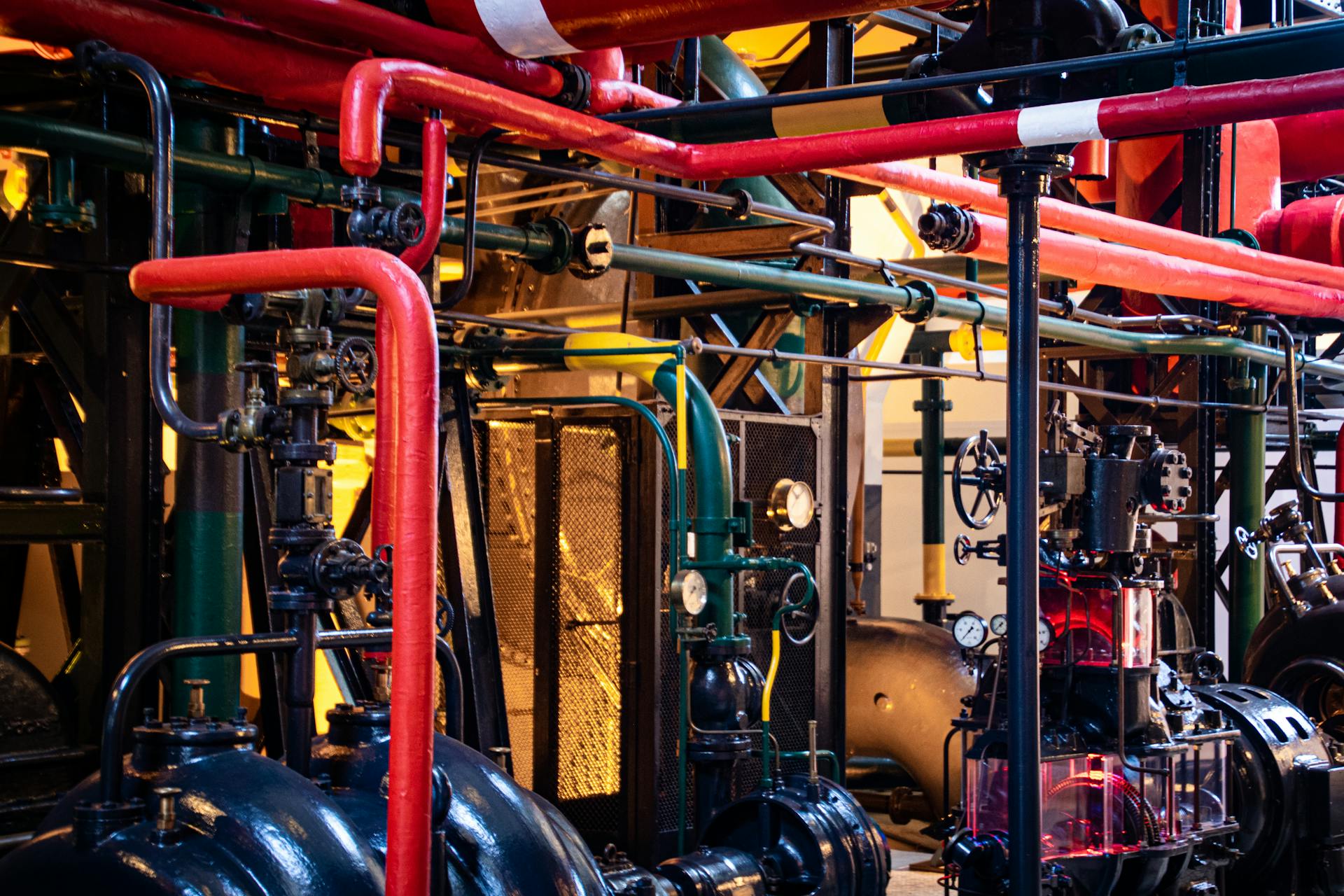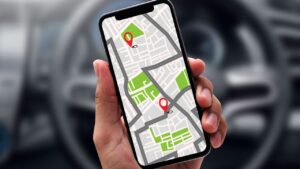Remote Guard: The Future of Modern Security Solutions
As the world embraces advanced technologies, the security industry is experiencing a remarkable transformation. One of the most innovative solutions emerging today is the concept of a Remote Guard. Offering a blend of cutting-edge technology and human expertise, remote guarding is reshaping how businesses and individuals approach property and asset protection.
What Is a Remote Guard?
A remote guard is a security professional who monitors a property or facility remotely using advanced surveillance systems, such as high-definition cameras, motion sensors, and artificial intelligence (AI) tools. These experts are typically stationed at secure command centers and are equipped with the tools to observe, analyze, and respond to potential threats in real time.
Unlike traditional on-site security guards, remote guards don’t patrol the property physically. Instead, they rely on state-of-the-art monitoring systems to keep an eye on every corner of the premises. This approach ensures constant vigilance without the limitations of human fatigue or restricted visibility.
How Does Remote Guarding Work?
The concept of remote guarding combines technology and human intervention to deliver seamless security. Here’s how it typically works:
- Installation of Surveillance Equipment
Advanced cameras, motion detectors, and other monitoring devices are strategically installed across the property. These devices provide 24/7 live feeds to the remote command center. - Real-Time Monitoring
Remote guards actively monitor the live feeds, aided by AI algorithms that can detect unusual activity, such as unauthorized access, suspicious movements, or security breaches. - Instant Alerts and Response
When a threat is detected, the system alerts the remote guard immediately. Depending on the situation, the guard can use intercom systems to warn trespassers, activate alarms, or notify local authorities for swift action. - Data Logging and Reporting
All incidents are logged and reported for future reference. Businesses can review these reports to identify patterns and improve their overall security strategy.
Benefits of Remote Guarding
The shift to remote guarding offers several advantages over traditional security solutions:
1. Cost-Effectiveness
Hiring multiple on-site security personnel can be expensive, especially for large properties. Remote guards provide the same level of protection (or even better) at a fraction of the cost.
2. 24/7 Monitoring
Unlike human guards who may require breaks or time off, remote guarding systems operate round the clock. This ensures constant vigilance and reduces the risk of gaps in security.
3. Proactive Threat Detection
With AI integration, remote guarding systems can identify potential threats before they escalate, enabling preemptive actions.
4. Enhanced Safety
Remote guards are not physically present at the site, which eliminates the risk of them being harmed during incidents such as break-ins or violent confrontations.
5. Scalability
Whether you’re securing a small office, a sprawling warehouse, or multiple locations, remote guarding can scale to meet your specific needs.
Industries Benefiting from Remote Guarding
Remote guards are becoming indispensable across various industries:
- Commercial Properties: Office buildings and retail outlets benefit from remote guards for after-hours surveillance and theft prevention.
- Residential Communities: Gated communities and apartment complexes use remote guarding to monitor entry points and common areas.
- Industrial Facilities: Factories and warehouses rely on remote guards to secure large premises and protect valuable equipment.
- Construction Sites: Remote guards help prevent unauthorized access and theft of construction materials and tools.
- Educational Institutions: Schools and colleges employ remote guarding systems to enhance campus security.
Challenges and Limitations
While remote guarding is highly effective, it’s important to acknowledge its limitations:
- Dependence on Technology: The system relies heavily on stable internet connections and advanced equipment. Any disruptions can affect performance.
- Limited Physical Presence: In some situations, having an on-site guard may be necessary for immediate physical intervention.
- Initial Setup Costs: Although cost-effective in the long run, the initial installation of surveillance equipment can be expensive.
The Future of Remote Guarding
With advancements in AI, machine learning, and IoT (Internet of Things), the future of remote guarding looks promising. Enhanced facial recognition, predictive analytics, and autonomous drones are just a few technologies poised to make remote guarding even more efficient and reliable.
Moreover, as businesses continue to prioritize sustainability, remote guarding aligns with eco-friendly practices by reducing the need for on-site personnel and their associated energy consumption.
Conclusion
The remote guard is not just a technological upgrade; it’s a revolutionary approach to security that prioritizes efficiency, safety, and cost-effectiveness. Whether you’re a business owner seeking to safeguard your assets or a homeowner looking for peace of mind, remote guarding offers a flexible and reliable solution tailored to modern security challenges.
Investing in a remote guard system means embracing the future of security. With constant innovation and improvements, this technology is set to become an integral part of our lives, ensuring safety for businesses and communities alike.














Post Comment